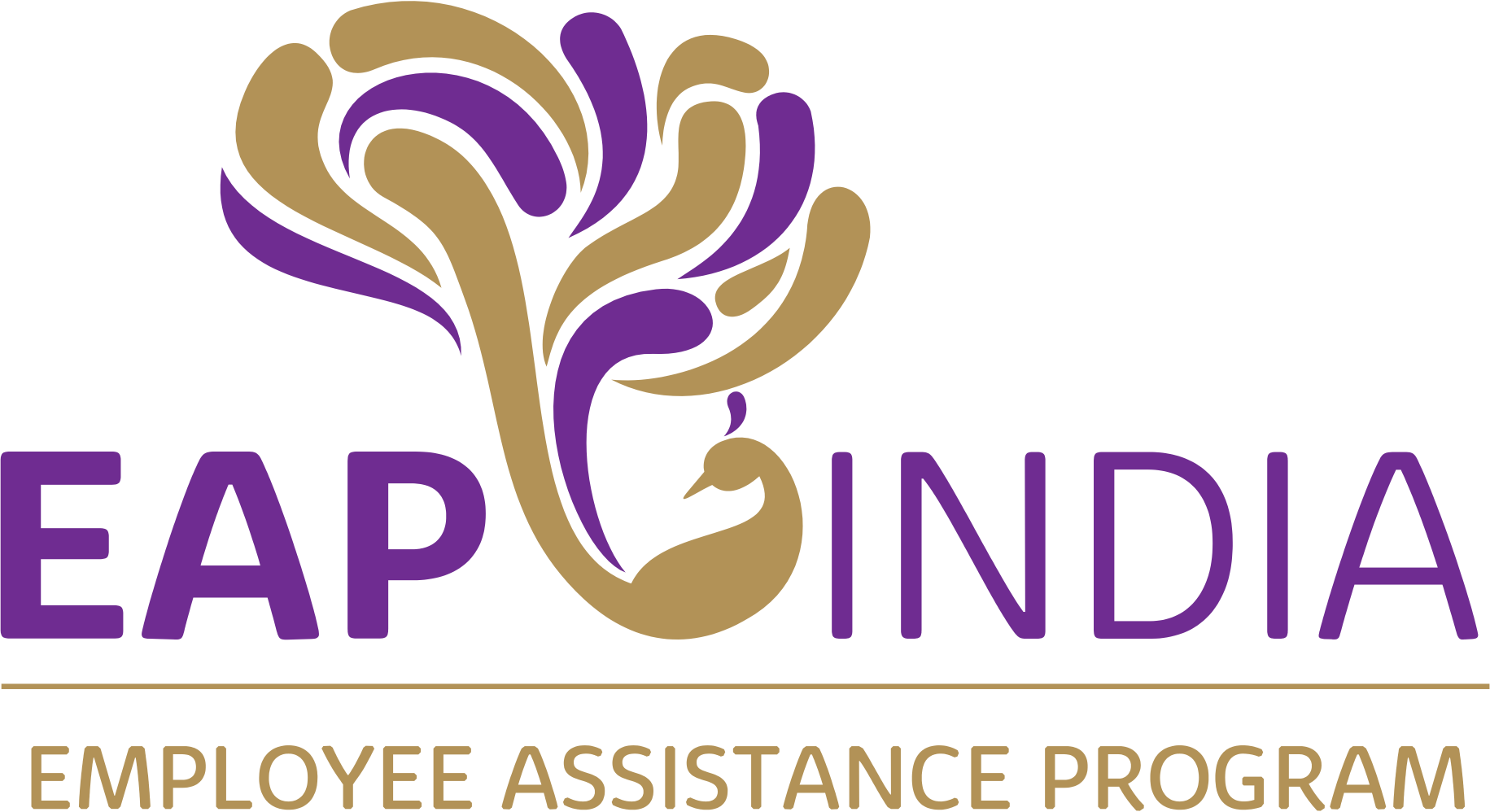A colleague loses a loved one.
They take their bereavement leave—usually somewhere between 3 to 5 days. And then, just like that, they’re back.
Back to emails, meetings, deadlines, project briefs. Back to team catch-ups, client calls, and casual banter by the coffee machine.
But here’s what we often forget: grief doesn’t follow the leave policy.
Grief Doesn’t End When the Leave Ends
Grief doesn’t clock in and out. It doesn’t resolve itself in the window HR allows. Instead, it lingers—in minds, in bodies, in daily rhythms. It shows up long after the funeral ends and the casseroles stop coming.
In workplaces, however, we often expect otherwise. Once an employee returns, the unspoken expectation is that they’ll perform at their previous level—mentally focused, emotionally present, and professionally sharp. But that expectation misses a critical truth: grief changes people, and it changes how they show up.
How Grief Shows Up at Work
Grief rarely looks the way we expect it to. Sometimes it shows up as silence. Other times, it arrives dressed as irritability, forgetfulness, or disengagement. A grieving employee may zone out in meetings, miss deadlines, appear “short-tempered” or “withdrawn”, forget tasks, or struggle with motivation.
These aren’t signs of poor performance. They’re symptoms of someone navigating an internal emotional landscape that’s completely changed.
Psychologically, grief is not a single emotion. It’s a complex interplay of sadness, anger, fear, guilt, confusion, and even numbness. People might swing between feeling deeply overwhelmed and strangely detached. In many ways, grief creates a kind of temporary cognitive fog—what researchers call “grief brain.” It affects memory, focus, and the ability to make decisions. And none of that disappears when the bereavement leave ends.
When Misinterpretation Adds to the Pain
When teams or leaders misinterpret the signs of grief, the fallout can be damaging—not just to the individual, but to the culture of the organization as a whole.
Labeling a grieving employee as “unmotivated” or “disengaged” can add shame to their existing pain. It can also lead to performance reviews that are unfair, pressure that is misdirected, and workplace dynamics that erode trust.
The ripple effects go further. When employees see that the workplace doesn’t accommodate grief—or worse, punishes it—it sends a broader message: only the productive parts of you are welcome here. That message creates a culture where vulnerability feels unsafe and emotional well-being is sidelined.
What Support Can Look Like
But workplaces don’t need to be like this. In fact, when leaders and colleagues respond to grief with empathy and psychological insight, they build not just healthier teams—but more loyal and resilient ones.
Supporting a grieving colleague isn’t about having all the right words. It’s about creating softer landing zones—spaces where they don’t feel like they need to hide their pain or return to “normal” before they’re ready.
Grief is unpredictable. Some days may feel manageable, others deeply overwhelming. Offering flexible work hours, reduced responsibilities, or the option to work remotely can make a world of difference. It gives the grieving person room to show up as they are—without needing to pretend they’re okay when they’re not.
A simple “How are you feeling today?”—asked with sincerity—can be more grounding than you realize. Check-ins help grieving employees feel seen, not just as professionals, but as people. And they reduce the isolation that often comes with loss.
Grief temporarily affects cognitive performance. This is backed by decades of research. Rather than expecting an immediate return to peak performance, offer reassurance:
“There’s no pressure to bounce back. We’ll adjust as needed.”
This doesn’t mean abandoning goals—it means working collaboratively to redefine what’s realistic during a difficult time.
Grief isn’t a problem to solve. It’s a process to witness. Avoid clichés like “they’re in a better place” or “everything happens for a reason.” Instead, acknowledge the pain:
“I’m so sorry. I’m here if you need anything.”
Sometimes, just holding space is enough.
Building a Grief-Inclusive Workplace
The best time to build a grief-inclusive workplace is before someone experiences loss. Embed mental health literacy into leadership development. Talk openly about emotional well-being in team meetings. When empathy becomes a norm—not an exception—it makes it easier for people to show up as their full selves, no matter what they’re going through.
In a world that moves fast and prizes efficiency, grief can feel disruptive. But it is also one of the most human experiences we’ll ever navigate. Nearly every person in your workplace will grieve at some point—whether it’s the loss of a loved one, a relationship, or a version of life they once knew.
As leaders, teammates, and organizations, we can choose to meet grief not with silence or discomfort—but with understanding. Because when we make space for people’s pain, we don’t just support individual healing—we build workplaces that are more compassionate, resilient, and human.
Grief doesn’t end when the leave ends.
And our empathy shouldn’t either.



